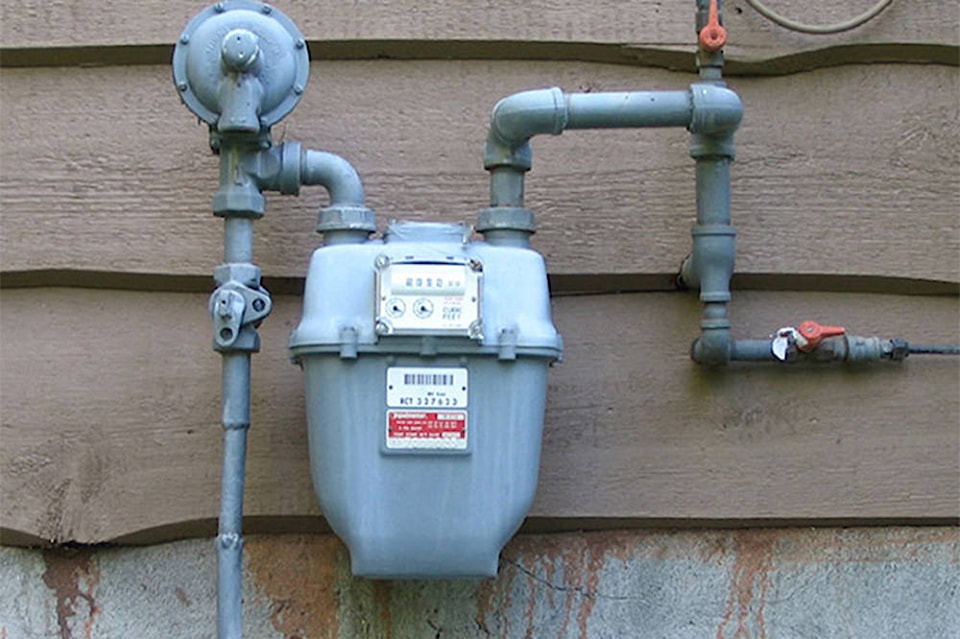School District 69 (Qualicum) is doing its part to mitigate the natural gas shortage by turning down the temperature in all of its facilities by two degrees Celsius.
According to a recent release addressed to staff and families, superintendent Rollie Koop addressed the natural gas pipeline explosion that took place Oct. 9 northeast of Prince George.
The ruptured 36-inch natural gas transmission line is expected to be repaired and in service by mid-November, but at reduced capacity, reads a news release from Fortis BC. This line, and 30-inch lines “will only be running at 80 per cent capacity and are not expected to return to maximum operating pressure throughout the winter,” it reads.
That could mean a reduction in supply between 20 and 50 per cent.
“To help mitigate the impact of the reduced natural gas supply, it is important for the public sector to do its part by reducing demand in a safe and prudent matter,” said Koop in the .
Thermostats of government buildings will be turned down, Koop said, and the school district is following suit.
“Temperatures in all of our schools and facilities will be reduced by two degrees Celsius effective,” he wrote.
“Much of B.C. will be impacted by the reduction in gas supply and the students and staff of the school district can assist those who may be in more direct need by dressing more warmly rather than relying on ambient heat.”
Koop said the district also encourages others to conserve natural “for those in more northerly area to access the gas flow.”
